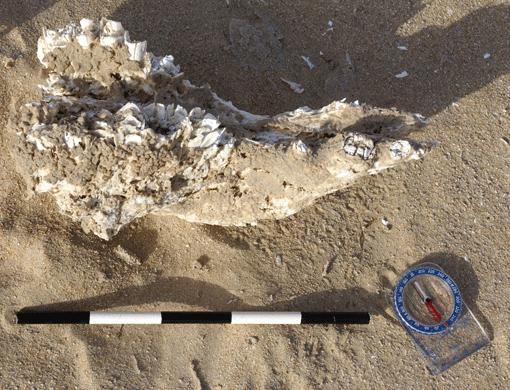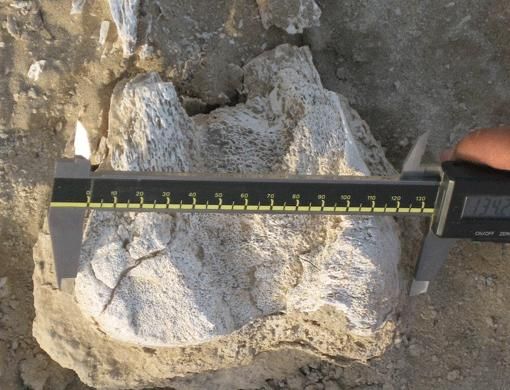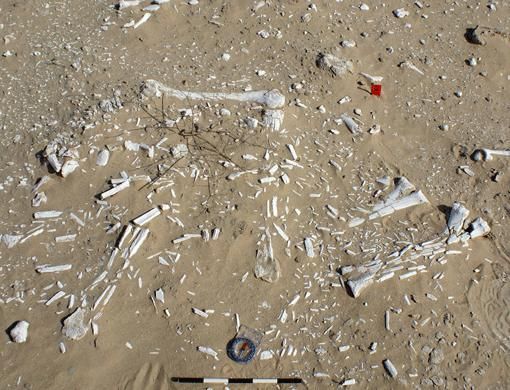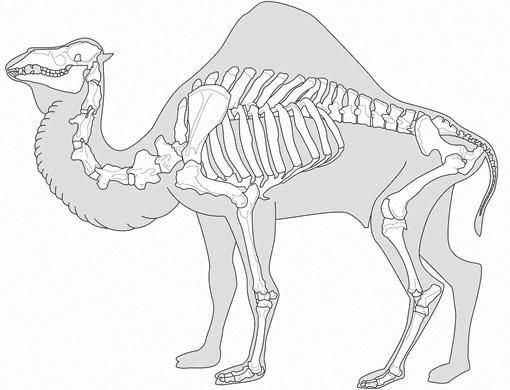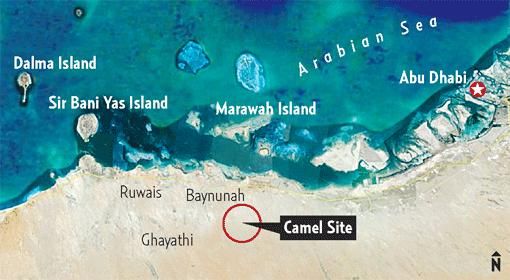Abu Dhabi: Skeletal remains of ancient camels discovered in the Western Region of Abu Dhabi Emirate have been dated back 6,000 years.
These remains are part of the largest collection of ancient wild camel bones in Arabia, found last year in the Baynunah region of Al Gharbia.
"The remains of at least 40 ancient wild camels were discovered in the Western Region in 2007 and we have just received carbon dating confirmation that these camels date back 6,000 years," Mohammad Al Niyadi, director of the Historic Environment Department at the Abu Dhabi Authority for Culture and Heritage (ADACH), told Gulf News.
The bones were collected in 2007 and the organic material sent to overseas laboratories for testing. The announcement of the dating confirmation was made late July at a seminar for Arabian studies at the British Museum in London.
Insight
"This discovery gives us a great insight into life in the region 6,000 years ago. We know camels were wild and aggressive and not domesticated like today. We still have a lot of work to do in this field because we are merely scratching the surface," Al Niyadi said.
The Western Region site is especially interesting because of the large numbers of camel remains. So far work has concentrated on the collection of material from the surface and on the measurement of bones.
Preliminary analysis of the size of the camel bones suggests that two types of camels were present.
Some of the camels were young adults of comparable size to Bronze Age wild camel bones discovered previously at Umm Al Nar, but some older individuals were much larger.
Further work at the site is planned by the Historic Environment Department team at ADACH during the forthcoming winter season. This will concentrate on understanding the environmental context of the site, as well as on further detailed analysis of the ancient camel bones.
"The camel skeletons discovered in the Baynunah region of Al Gharbia represent the largest sample of ancient wild camel bones discovered so far in Arabia," said Dr Mark Beech, cultural landscapes manager at the Historic Environment Department at ADACH.
Traditionally it was believed the camel was first domesticated during the Bronze Age, around 4,000 years ago, because of the abundance of camel bones found at sites such as Umm Al Nar.
Recent work from sites such as Tell Abraq and Muwailah in Sharjah Emirate has shown that the camel was not domesticated until the Iron Age, some 3,000 years ago.
"The new discovery of a large quantity of wild camel skeletons in Abu Dhabi's Western Region provides a fantastic opportunity to examine the history of the camel in Arabia," said Dr Beech.
The camel remains are located in a depression between sand dunes to the south of the Baynunah forest area. This was an area of ancient lakes between 6,000 to 9,000 years ago, and a place where wild camels came to drink.
In addition to the camel remains, hunting artifacts were discovered near the site, which led ADACH to conclude that camels were hunted. "The early peoples of Abu Dhabi would have hunted these animals, and we discovered traces of flint arrowheads manufactured by these people in the area surrounding the site," the statement read.
An international team of archeologists are working on the project. The team includes Dr Marjan Mashkour, a bone specialist, and Dr Antoine Zazzo, radiocarbon dating specialist from the National Museum of Natural History in Paris, France, as well as Dr Matthias Huels, radiocarbon dating specialist from Christian Albrechts University at Kiel, Germany.


